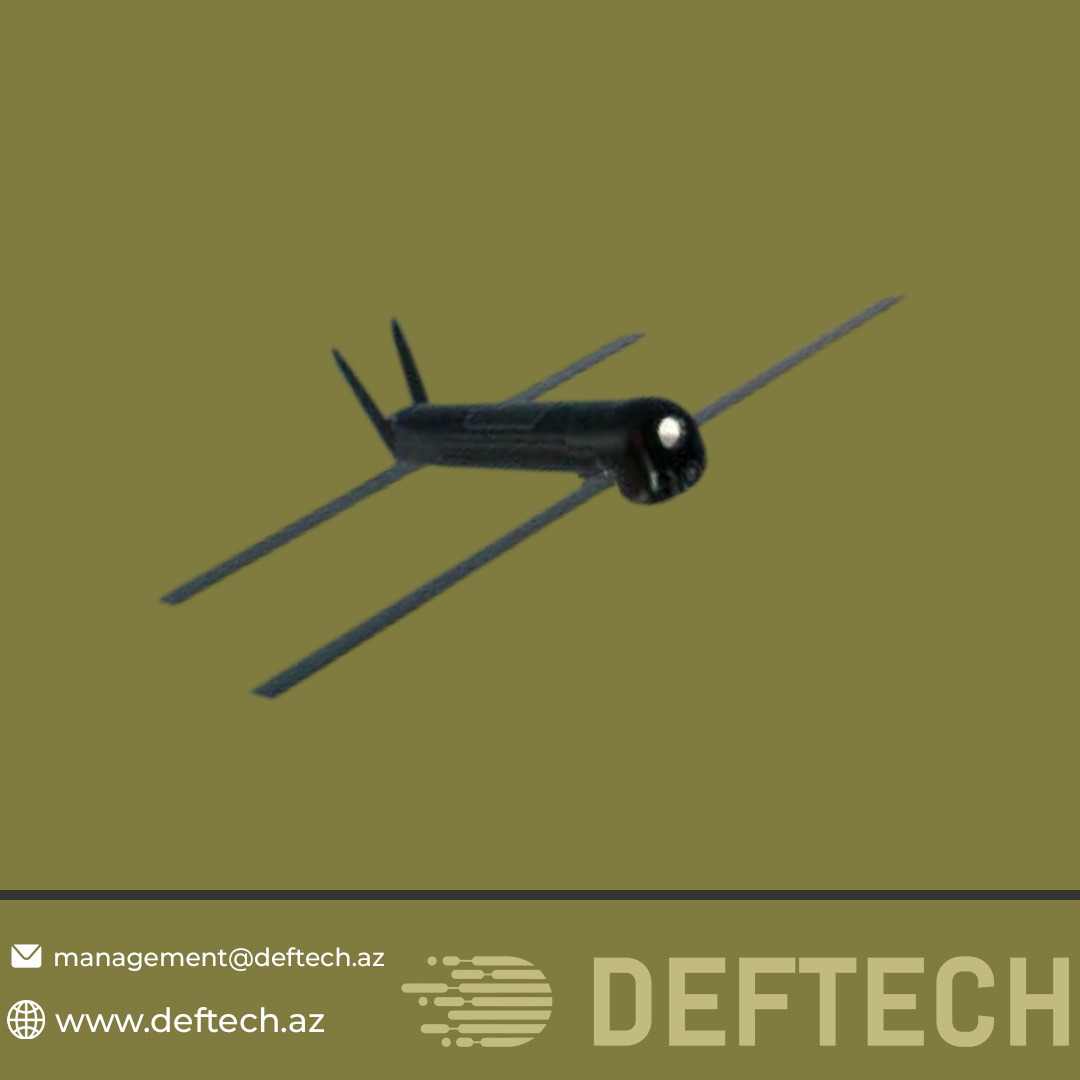About kamikaze uav
What is a Kamikaze UAV?
A Kamikaze UAV, also known as a loitering munition, is a type of drone that is designed to fly over a target area for some time and then intentionally crash into a target, detonating on impact. The name comes from World War II Japanese "kamikaze" pilots, as the drone is destroyed in the process of the attack.
Key Features
-
Single-use: These drones are not meant to return; they are expendable.
-
Precision strike capability: Designed for accurate hits on high-value targets.
-
Cost-effective: Much cheaper than traditional missiles or manned aircraft operations.
-
Loitering ability: Can hover or circle an area while waiting for a target to appear.
-
Small and stealthy: Often fly at low altitudes and are difficult to detect with radar.
Notable Examples
-
Switchblade (USA)
-
Switchblade 300: Small, portable, designed for use against personnel and light vehicles.
-
Switchblade 600: Larger, capable of striking armored targets.
-
-
Shahed-136 (Iran)
-
Used extensively by Russia in Ukraine under the name Geran-2.
-
Long-range with a powerful explosive warhead.
-
-
Harop (Israel – IAI)
-
A loitering munition designed to target enemy radar systems (anti-radiation drone).
-
-
ZALA Lancet (Russia)
-
Medium-sized loitering munition frequently used in the Ukraine conflict.
-
How They Work
-
Launch: Deployed from land-based launchers, ships, or aircraft.
-
Loiter: The drone patrols or circles the area while scanning for targets.
-
Target identification: Either manually guided by an operator or autonomous.
-
Strike: It dives into the target and detonates on impact.
Countermeasures
-
Electronic warfare: Jamming GPS signals or disrupting communication.
-
Anti-drone systems: Including small air defense systems or laser weapons.
-
Radar and interception: Difficult but possible with advanced defense systems.
Why They're Popular
-
Well-suited for asymmetric warfare and modern battlefields.
-
Effective against high-value targets like tanks, radar installations, or command posts.
-
Provide low-risk precision attacks without endangering pilots or expensive equipment.



